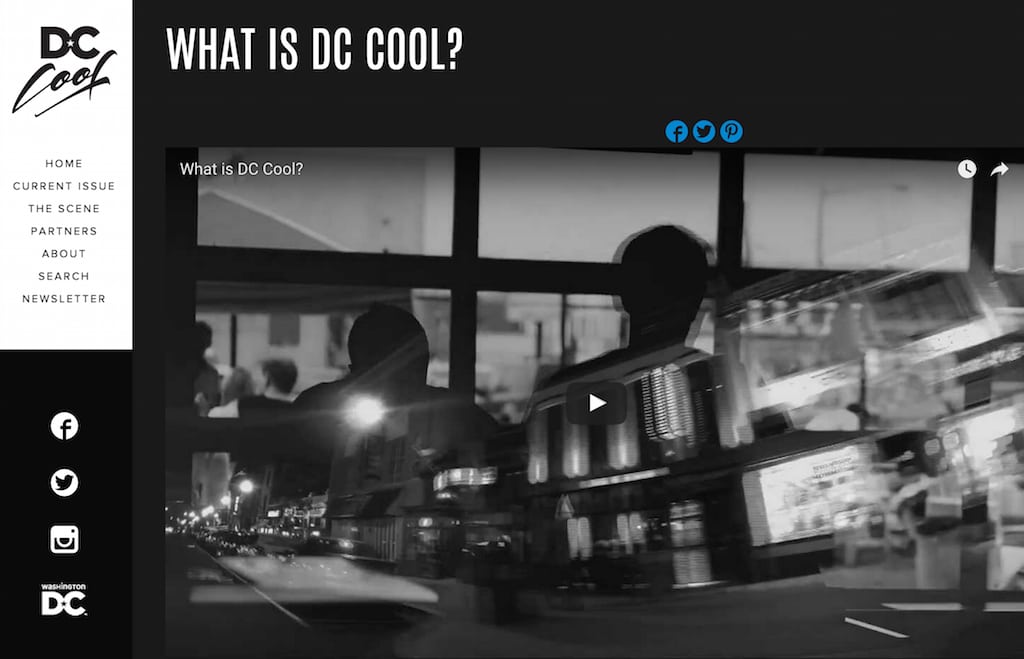Washington Tourism CEO Explains the Impact of D.C. Cool Campaign

Skift Take
Destination DC's marketing campaign pivoted the city's identity toward a more diverse destination with cool places to go beyond museums, monuments and memorials.
First-tier travel destinations like Washington, D.C. have the inherent benefit of attracting overnight visitors based on their iconic attractions embedded in the public consciousness over decades in the making, but there's always the danger of devolving into a collection of cliches.
If a destination becomes a victim of its own success because it's too stuck to its legacy identity, the visitor economy flat lines and the average age of visitors grows older. The tourism tax base shrinks, hotel occupancy and rate stagnate, and it's harder to drive increased attendance at conventions. All kinds of bad things happen.
A decade ago, Washington, D.C. was flirting a bit too closely with that scenario because the city had plateaued as a tourism destination known almost solely for its museums, monuments and memorials. But then a propitious marketing collaboration presented itself that would have a significant impact on the city's identity for both leisure and group travelers.
The following is a textbook case of inspired place branding.
In 2012, the National Portrait Gallery approached the Destination DC marketing organization to discuss a potential partnership to promote an upcoming black and white photography exhibit called “American Cool.” The imagery profiled legendary entertainment figures from Muddy Waters to Steve McQueen to Madonna who all personified the very definition of cool.
Around that time, the nation's capital was midway through its long transition from a 9-to-5 city full of policy wonks to an emerging center of globally-infused hipness.
Beginning around President Obama's inauguration, the metamorphosis was driven in part by the ci
